‘Whatever space and time mean, place and occasion mean more. For space in the image of man is place, and time in the image of man is occasion……
Provide that place, articulate the inbetween………
Aaldo Van Eyck, architect, 1959
My collaboration with Gaby Agis arises from a recognition of certain fundamental parallel concerns in the exploration of our different fields; for example, Gaby’s investigation into the location of movement, articulation and expression specific to the individual mind and body of each dancer, echoses my preoccupation with revealing ‘place’ within an architectural context. Our collaboration has consisted of a crossing of these parallels. Neither discipline is in the service of the other, rather two autonomous but sympathetic investigations meeting and firing off each other.
Body Space Image Kate Blacker 1989
Trail 1986
Over a period of four years I collaborated with the dancer Gaby Agis on a series of installations and performances in gallery spaces. The installations were intended to stand in their own right as gallery pieces taking on another life when animated by the dancers during a performance.
In the work ‘Trail’ at the Whitechapel Gallery horizontal sheets of corrugated metal were fixed together and hung at either end of the space, descending from the ceiling and out onto the floor. These provided the two dancers with their own ‘territories’, a combined backdrop and stage area. During the performance the dancers interacted with the installation in a number of ways. These passive and monumental mini-stages became loud thundering percussion instruments, shifting and swaying as the dancers displaced the flexible material with their movements. The scale of the dancers seemed to change when they where on the metal, ‘backlit’ by the reflective surface, seemingly becoming larger when detached from their gallery surroundings. Although the dancers’ presence was enhanced when on their individual terrirories at the two extremes of the space their separation fractured the performance. The audience, seated or standing along the two sides of the gallery, could only watch one or the other of the dancers at a time. When reunited on the gallery floor in the centre of the space their scale was reduced again to that of the audience where their movements would bring them in such close contact they would almost combine with the public.
Throughout the performance the audience’s perception of the dancers changed. They appeared human and vunerable when dancing together in the open space of the gallery and then became almost super human when blending with the metal into a cohesive image, a combination of place, movement and sound.
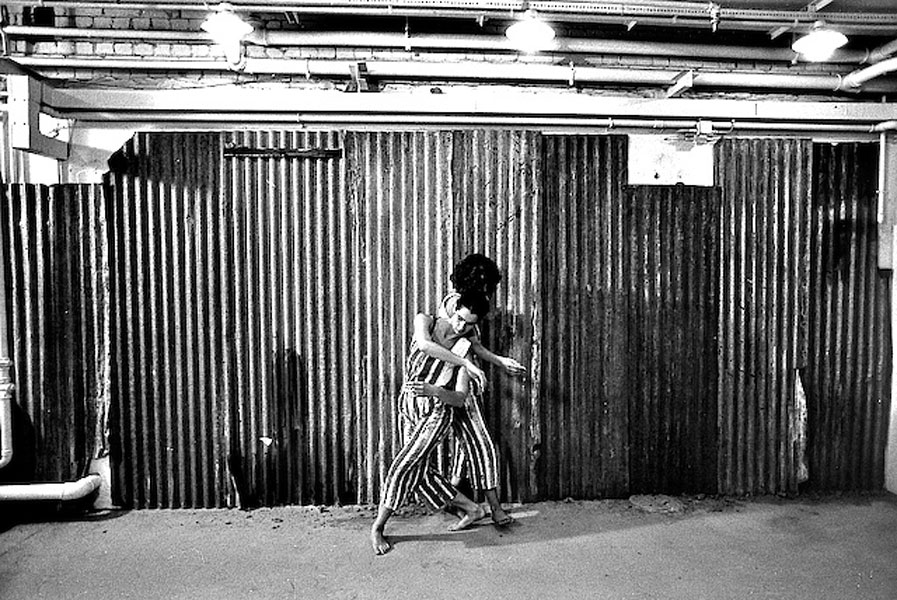 Borders
Borders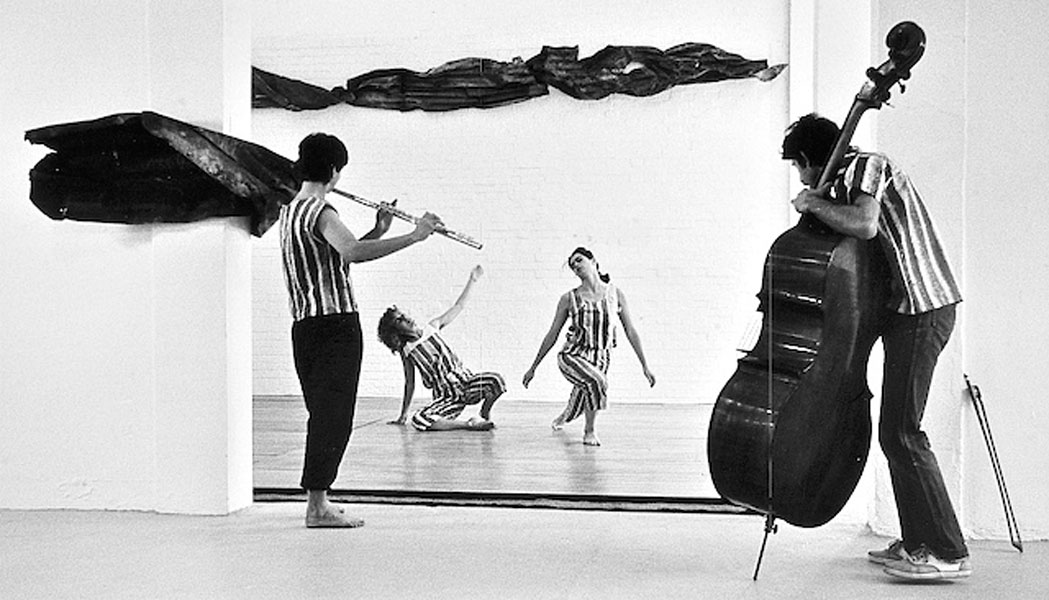 Borders
Borders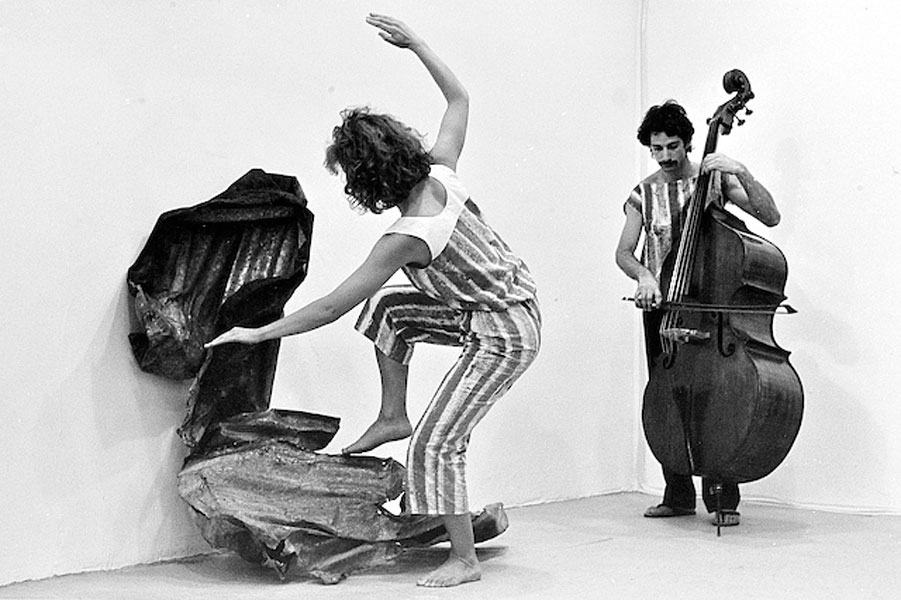 Borders
Borders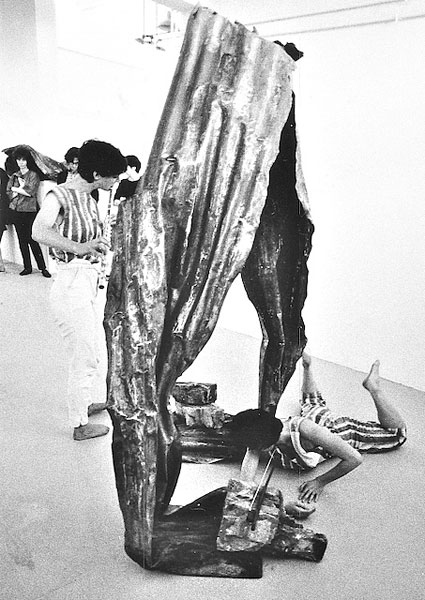 Borders
Borders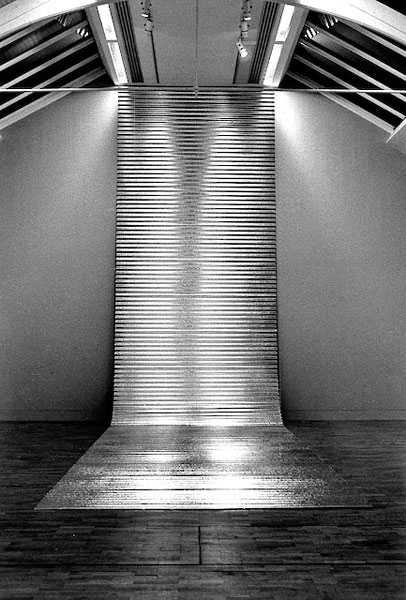 Trail
Trail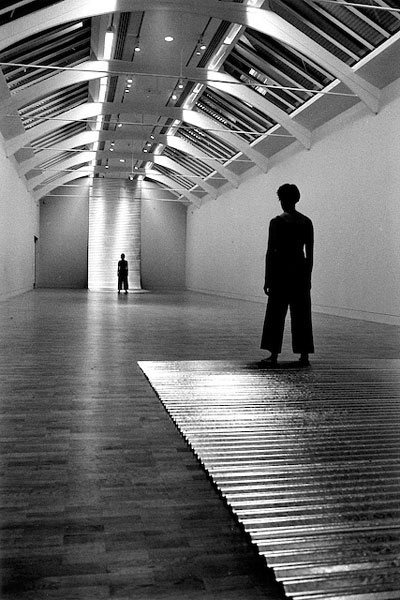 Trail
Trail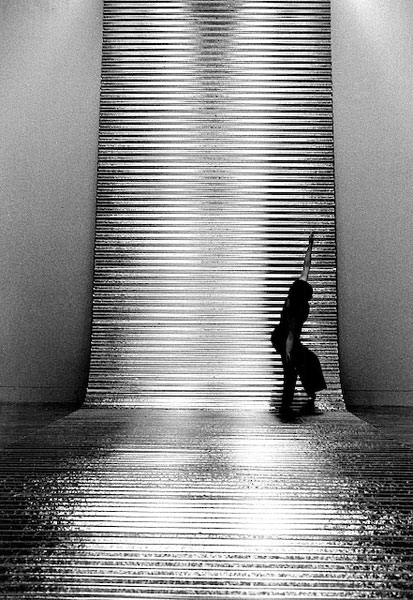 Trail
Trail Kin
Kin Kin
Kin Kin
Kin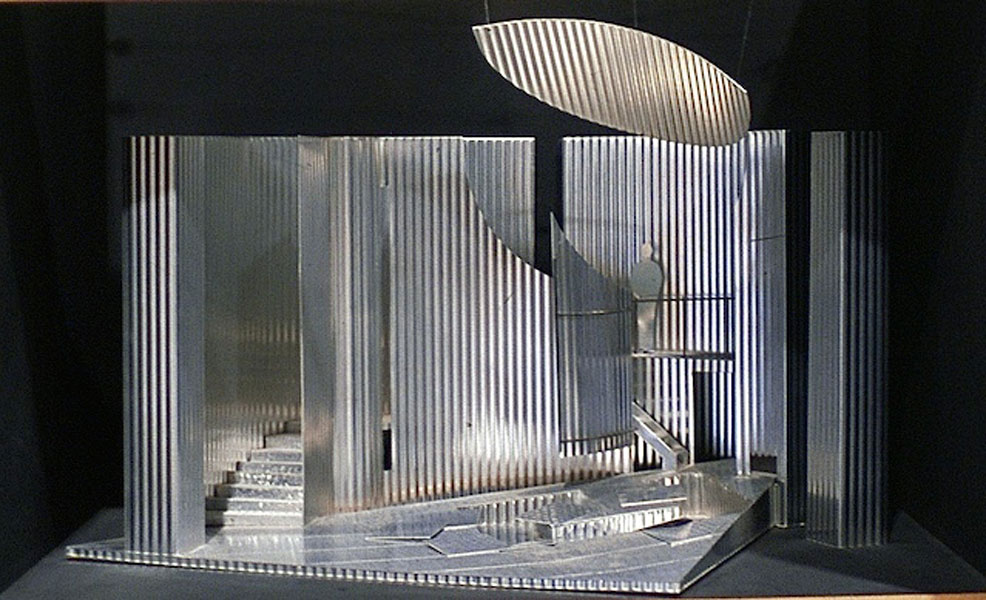 The Undivine Comedy
The Undivine Comedy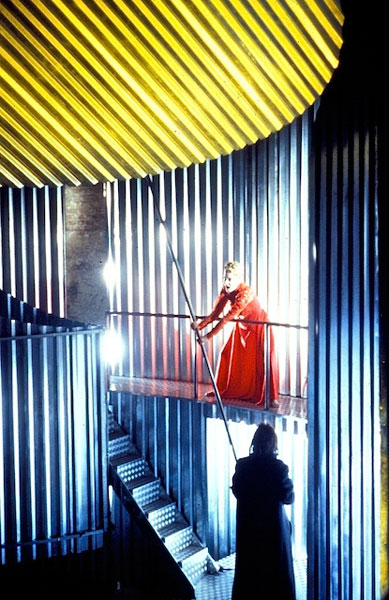 The Undivine Comedy
The Undivine Comedy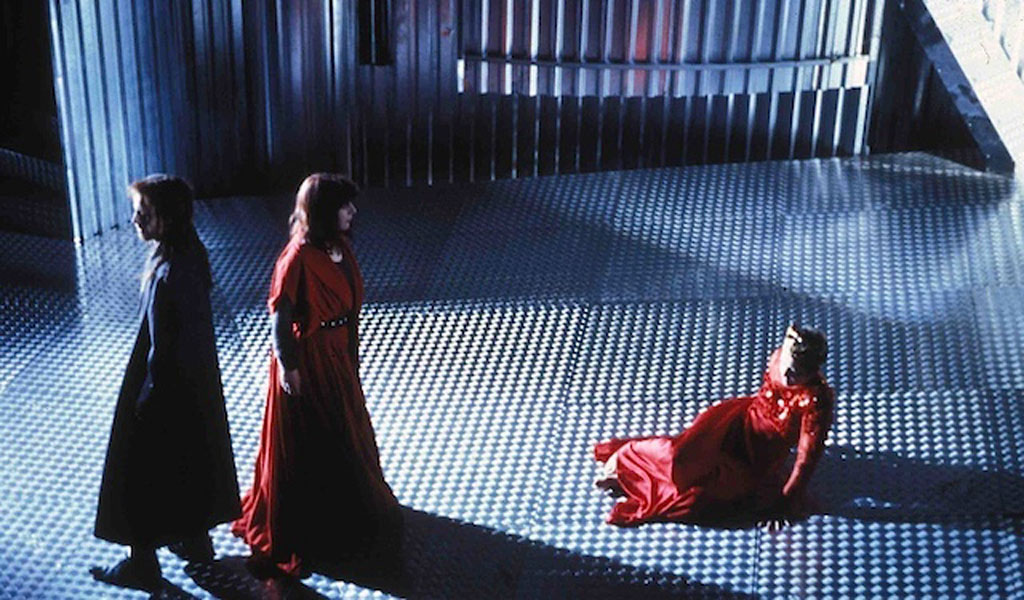 The Undivine Comedy
The Undivine Comedy Very Gentle by Luis de Pablo
Very Gentle by Luis de Pablo Very Gentle by Luis de Pablo
Very Gentle by Luis de Pablo Very Gentle by Luis de Pablo
Very Gentle by Luis de Pablo Very Gentle by Luis de Pablo
Very Gentle by Luis de Pablo